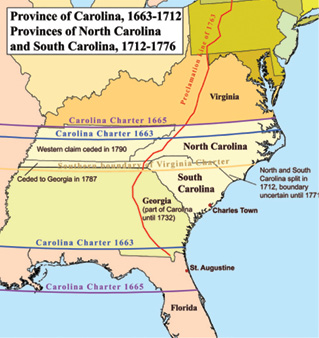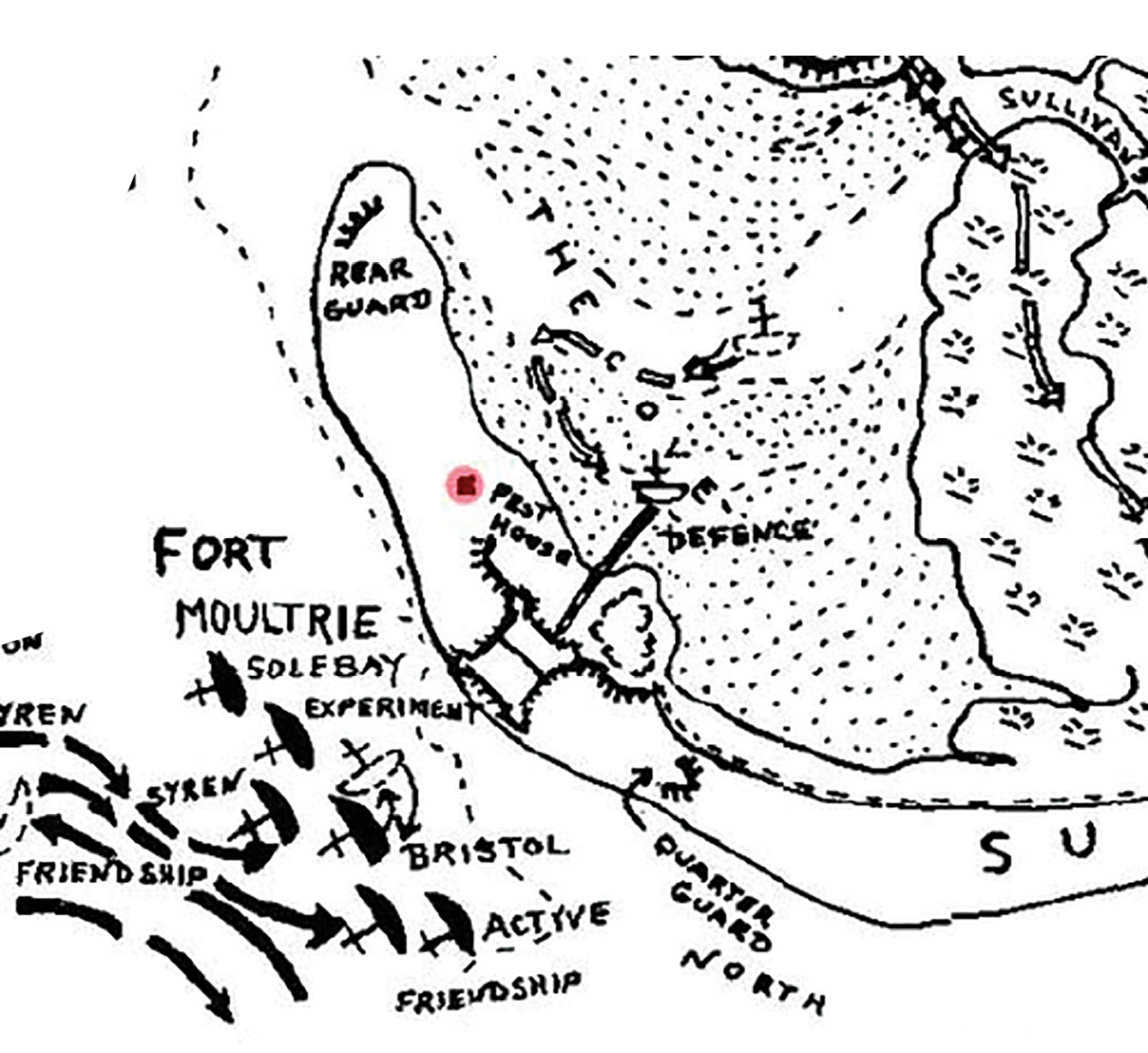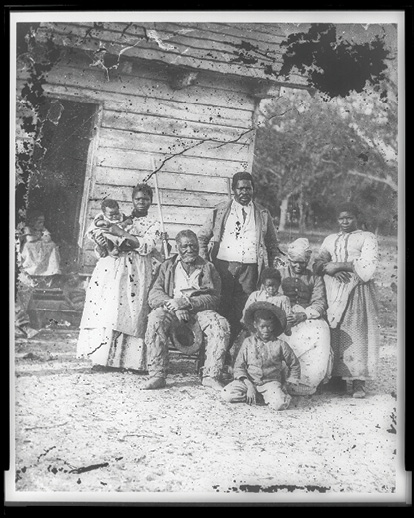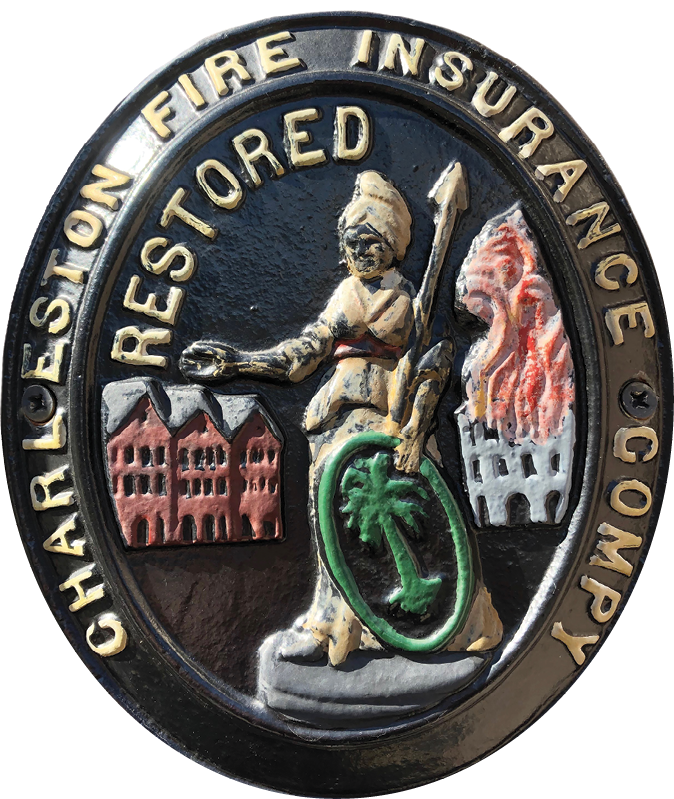(Painting by John Michael/courtesy of Wikipedia)
- 1663: Carolina Charter Issued (March 24) - King Charles II grants the territory called “Carolana” to eight Lords Proprietors, serving as a blueprint for the colonization of Carolina.

Charles Towne Landing (courtesy of WIkipedia)
- 1670: Charles Towne Settled - The British ship “Carolina” carrying the area’s first colonists lands in what is now Charles Towne Landing west of the Ashley River. For better defensive strategies and potential of building a port, the colonists relocate to the peninsula’s Oyster Point within 10 years.

The French Huguenot Church (courtesy of Library of Congress)
- 1685: Huguenots Arrive - France revokes the Edict of Nantes, outlawing Calvinism, which ushers an influx of Huguenots to Charleston, adding to our cultural gumbo (and phonics-defying street names).

(Courtesy of Wikipedia)
- 1706: Carolina Mapped Out - The Church Act establishes 10 parishes—with land set aside in each for the Church of England—which greatly help govern the fledgling colony. Until the Revolutionary War, the parishes serve as the only local governments.

- 1707: Pest House Built - A “pest” house—so named for its purpose to avoid “pestilence” in the colony—is constructed on Sullivan’s Island to stay the spread of infectious and potentially lethal diseases.

(Courtesy of Library of Congress)
- 1708: The Balance Tips - By this time, Africans outnumber Europeans in Carolina, making it the first English colony with a black majority, a trend that continues until the 1940s.
- 1715: Carolina’s First War - On Good Friday, April 15, the Yamasee War begins near Beaufort with the killing of British trade officials by members of the Native American tribe. The conflict spreads throughout the province, lasting until 1718. It takes nearly 10 years for the colony to reorganize as a commercially viable enterprise.

(Courtesy of SC Historical Society)
- 1718: Stede Bonnet Hangs - Called the “Gentleman Pirate,” Bonnet marauded the Carolina coast and, with Blackbeard, even held Charleston hostage at one point. Finally captured by Col. William Rhett (pictured above, right) near Cape Fear, he is brought back to Charleston, tried, and hanged for piracy at White Point on December 10. His execution marks the beginning of the end of the reign of piracy.
- 1719: Charleston Becomes a Crown Colony - Dissatisfied with the rule of the Lords Proprietors, the South Carolina House of Assembly forms a convention and petitions to be brought under the governance of the King of England. Carolina as a “business experiment” ends.

- 1720: The Rice Industry Develops - The production of the grain as a commodity versus sustenance begins in earnest. With the continued importation of enslaved Africans to work the fields and process the grain, rice becomes the Lowcountry’s major export in a few short decades and brings incredible wealth to planters.

(Photo by Melinda Smith Monk)
- 1735: Fire Insurance Company Opens - As a result of a series of fires that wreak havoc on the peninsula, The Friendly Society for the Mutual Insuring of Houses Against Fire is founded. Ironically, the fire of 1740 bankrupts the company.

(Courtesy of Library of Congress)
- 1736: A Theater Opens - Located on the corner of Dock and Church streets, the Dock Street Theatre opens with a performance of the bawdy comedy The Recruiting Officer. It is the first building solely designed for theatrical use in America and remains an active playhouse today. One month after the theater opens, the name of Dock Street is changed to Queen Street. Learn more about the Dock Street Theatre.









